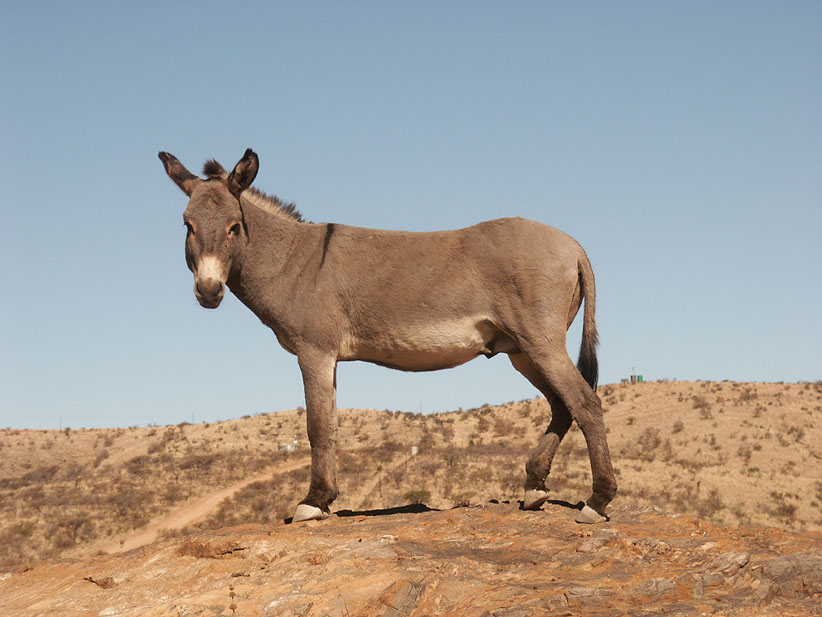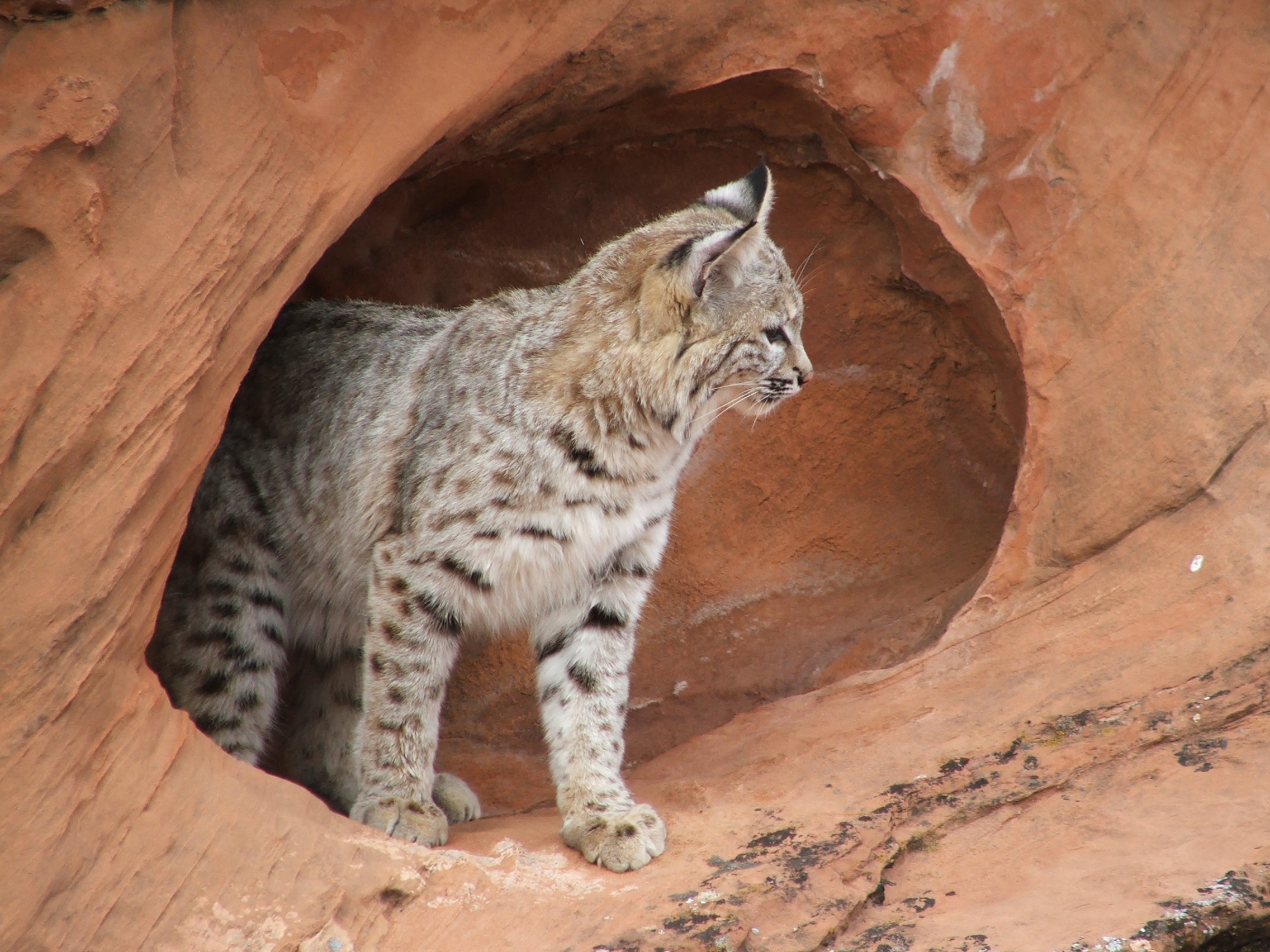Mojave Desert Animals Adaptations

Adaptations help desert animals to acquire and retain water, and to regulate body temperatures, which helps them… arizona desert animals with temperatures fluctuating between 120 °f during the day and 40 °f at night, survival in the scorching desert of arizona is definitely a herculean task, and yet, some animals…
Mojave desert animals adaptations. It is approximately 25,000 square miles and covers land between several other deserts, including the sonoran desert (to the south) and the great basin desert (to the north). The mojave desert is situated between the great basin desert to the north (a cold desert) and the sonoran desert to the south (a hot desert). Mojave desert fauna mojave desert species are renowned for the variety of ways that they adapt to the harsh environmental conditions found there.
The mammals are the class of vertebrate animals primarily characterized by the presence of mammary glands in the female which produce milk for the nourishment of young; Roots are shallow and spread over a large area to collect as much water as possible. Large ears for dissipating body heat;
Crotalinae (the pit vipers) where found: Territorial males dominate other smaller males in their territory. Although the mojave region is a desert and experiences very little precipitation.
The ability to store water; These animals have unique adaptations that enable them to survive in extreme heat with little water. Overview of the mojave adaptations.
They will eat the following: Throughout the winter, from october to april, the desert monitors will hibernate in the burrows. As with various other animals found here, even chuckwallas resort to typical desert animal adaptations to survive the arid conditions and stay active when the temperature reaches as high as 102°f.
Desert snakes have to get used to the limited prey on offer around them. Coyote (canis latrans) is another frequently seen desert mammal. Most adaptations fall into three categories:


















